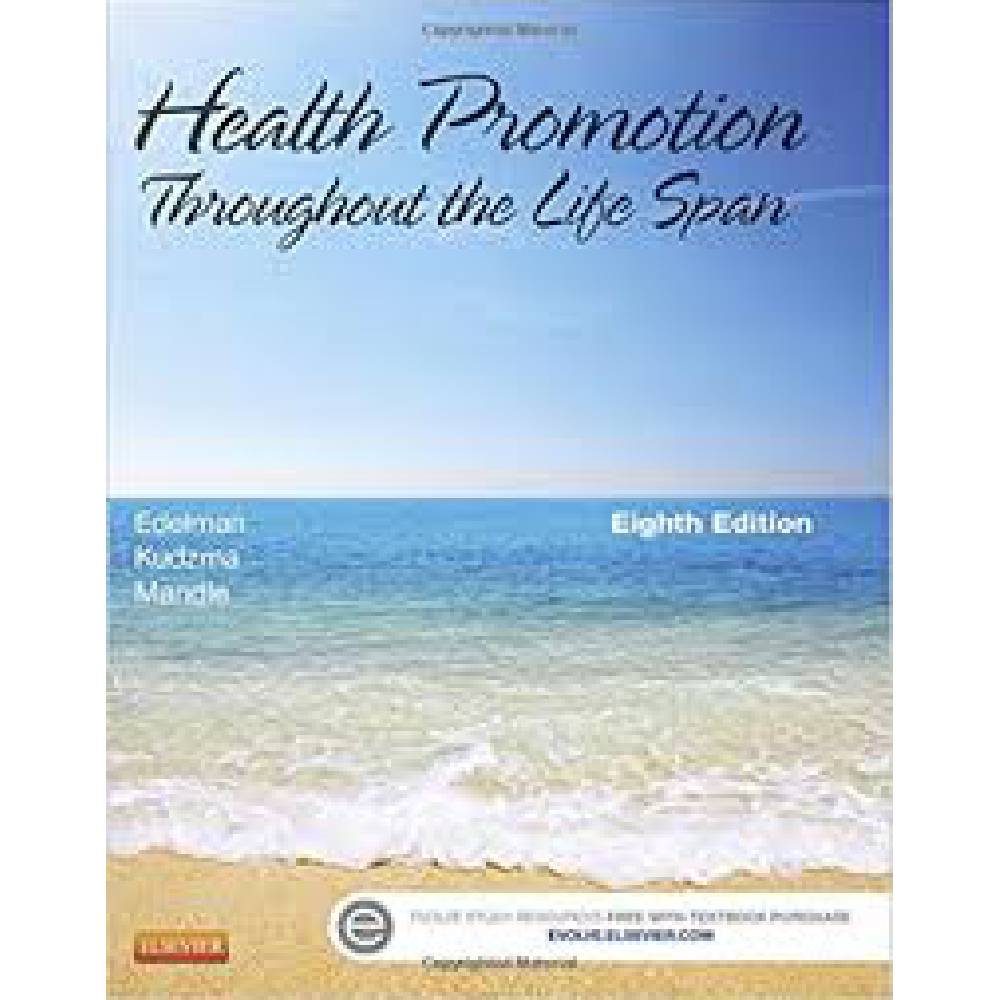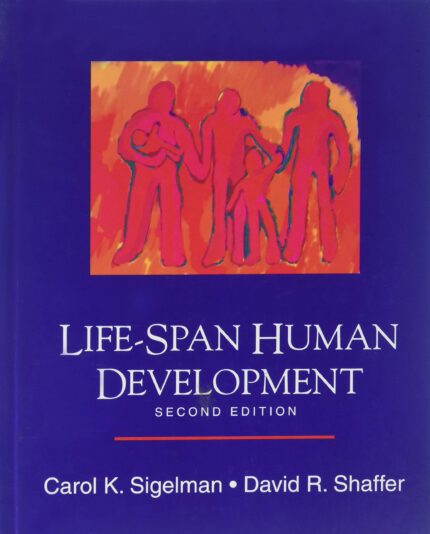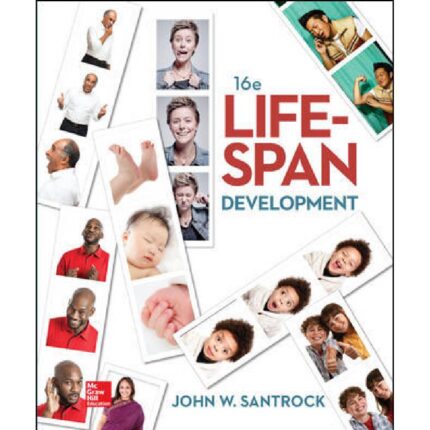Chapter 11: Nutrition Counseling for Health Promotion
Edelman: Health Promotion Throughout the Life Span, 8th Edition
MULTIPLE CHOICE
1. Which of the following statements about the current prevalence of obesity is accurate?
a. The current generation of children may be less healthy and have a shorter life expectancy than their parents.
b. The current incidence of obesity among American adults has stabilized.
c. The current statistics show that greater than 75% of American adults are either overweight or obese.
d. The current statistics report that about 50% of American children are either overweight or obese.
ANS: A
Because of the increasing rates of obesity, unhealthy eating habits, and physical inactivity, we may see the first generation that will be less healthy and have a shorter life expectancy than their parents. The current statistics show that two in three American adults and one in three children are either overweight or obese.
DIF: Cognitive Level: Understand (Comprehension) REF: p. 231
2. A nurse is working with a family that is experiencing food insecurity. Which of the following statements best describes this family?
a. Members of this family are susceptible to food-borne illness.
b. This family’s access to adequate food is limited by lack of money.
c. This family is unable to purchase fresh fruits and vegetables.
d. Members of this family are obese.
ANS: B
When a family experiences food insecurity it means that their access to adequate food is limited by a lack of money and other resources. Individuals and families may be more likely to be overweight or obese, potentially because the relatively lower cost of junk foods can promote overconsumption of calories.
DIF: Cognitive Level: Apply (Application) REF: p. 234
3. Which of the following statements about the Dietary Reference Intakes (DRI) is correct?
a. The DRI is used to monitor deficiencies in nutritional intakes of obese populations.
b. The DRI is used to establish minimal amounts of nutrients needed to protect against nutrient deficiency.
c. The DRI is used to plan and assess diets of healthy people.
d. The DRI is used to set minimal guidelines to reduce risk of adverse outcomes from inadequate consumption of nutrients.
ANS: C
The DRI are a set of values for the dietary nutrient intakes of healthy people in the United States and Canada. They are used for planning and assessing diets. The four sets of values included in the DRI are Recommended Daily Allowance (RDA), Adequate Intake, Estimated Average Requirement, and Tolerable Upper Intake Levels. The previous RDA, which existed before 1997, established minimal amounts of nutrients needed to protect against nutrient deficiency.
DIF: Cognitive Level: Understand (Comprehension) REF: p. 235
4. A community health nurse is using the Dietary Reference Intakes (DRIs) as a guide while developing an education presentation about nutrition for a community group. How will the use of the DRIs be helpful in developing this presentation?
a. It considers the unique differences among children, pregnant women, and elderly people.
b. It contains well-researched data that are reviewed on an annual basis.
c. It is prescriptive in the amount of nutrients that are needed on a daily basis.
d. It serves as an overall guideline for the population.
ANS: D
Dietary Reference Intakes may be used for individuals; however, ideally they are guidelines for population groups and apply over time. It is the trend that matters not the amount on a certain day. The DRIs are created even when limited data are available as this is deemed better than no guidance at all. The DRIs are only updated when deemed necessary. There are limited data relating to genetic diversity in the population or specific groups such as children, pregnant women, and elderly people.
DIF: Cognitive Level: Apply (Application) REF: p. 235
5. After the 2010 Dietary Guidelines were released, a community health nurse updated a nutrition presentation that was being used to educate various community groups about healthy eating habits. Which of the following information would have been added to the presentation?
a. Consumption of increased amounts of carbohydrates
b. Impact of the environment on the public’s food, drink, and activity choices
c. Revised guidelines for the use of MyPyramid
d. Inclusion of physical activity standards
ANS: B
For the first time, the 2010 Dietary Guidelines have an entire chapter devoted to addressing the impact of the broader food and physical environment on the public’s food, drink, and activity choices using the Social-Ecological model. Physical activity standards were included in the 2005 guidelines. MyPyramid was replaced with MyPlate. There was a shift in food intake patterns emphasizing more vegetables, cooked dried beans, fruits, whole grains, nuts and seeds.
DIF: Cognitive Level: Apply (Application) REF: p. 236
6. A community health nurse is educating a community group about the 2010 Dietary Guidelines for Americans. Which of the following information would be included in this presentation?
a. Limit consumption of dairy products.
b. Purchase organic fruits and vegetables.
c. Make at least half of your grains whole grains.
d. Consume fish on a daily basis.
ANS: C
One of the principal messages for consumers is “make at least half of your grains whole grains.” Other messages include “switch to fat-free or low-fat (1%) milk” and “make half your plate fruits and vegetables.” There is not an essential message to consume fish on a daily basis.
DIF: Cognitive Level: Apply (Application) REF: p. 236
7. A person states to the nurse, “The guidelines for what we should eat as Americans is constantly changing, just when I got used to using MyPyramid they changed it to MyPlate. I wonder what will be next and if they really know what they are doing with all of this change.” Which of the following would be the best response from the nurse?
a. “The USDA is constantly making changes in order to decrease the alarming rates of obesity in our country.”
b. “MyPyramid was developed in 2005, so it was time for this graphic to be revised.”
c. “The creation of MyPlate has decreased the need for additional teaching resources for nutrition.”
d. “MyPlate serves as a better visual aid, reminding Americans what a healthy ‘plate’ looks like.”
ANS: D
MyPate was released in June 2011 providing Americans easy to understand and useful advice. MyPlate visually “reminds” consumers what a healthy “plate” looks like using a familiar place setting. It is not meant to stand alone as a teaching tool.
DIF: Cognitive Level: Analyze (Analysis) REF: pp. 238-239
8. A person asks the nurse if it is safe to use dietary supplements. Which of the following would be the best reply from the nurse?
a. “It is important to be cautious when using any supplements.”
b. “All dietary supplements must be approved by the FDA before they can be sold and are safe.”
c. “No, dietary supplements have very limited regulations and should not be used.”
d. “Be sure to read the product label before using the supplement to see what health claims have been made by the product.”
ANS: A
The desirable way for the general public to obtain recommended levels of nutrients is by eating a variety of foods. Low-dose supplements that contain the recommended intakes for micronutrients appear to be generally safe. Caution is advised when using supplements, as natural is not always better. Dietary supplements are unregulated by the FDA in the sense that they do not require premarket review or approval by the FDA.
DIF: Cognitive Level: Apply (Application) REF: p. 240
9. A woman has asked the nurse about the benefits and risks of using ginseng to control her hot flashes associated with menopause. Which of the following governmental offices would most likely serve as a resource to answer the woman’s question?
a. American Dietetic Association (ADA)
b. National Center for Complementary and Alternative Medicine (NCCAM)
c. Food and Drug Administration (FDA)
d. United States Department of Agriculture (USDA)
ANS: B
The National Center for Complementary and Alternative Medicine (NCCAM) promotes and conducts the scientific study of the benefits and risks of dietary supplements, including medicinal herbs, in health maintenance and disease prevention.
DIF: Cognitive Level: Apply (Application) REF: p. 240
10. A 37-year-old woman asks the nurse if she should take a daily nutritional supplement. Which of the following would be the best reply by the nurse?
a. “Postmenopausal women should take a calcium supplement to prevent osteoporosis.”
b. “Many people use supplements as drugs instead of as supplements.”
c. “Supplements can enhance the medications that you take.”
d. “The best way to obtain nutrients is by eating a variety of foods.”
ANS: D
The desirable way for the general public to obtain nutrients is by eating a variety of foods. Dietary supplements needs to be used cautiously so that excess amounts are not consumed, which could lead to possible adverse effects.
DIF: Cognitive Level: Apply (Application) REF: pp. 240-241












Reviews
There are no reviews yet.